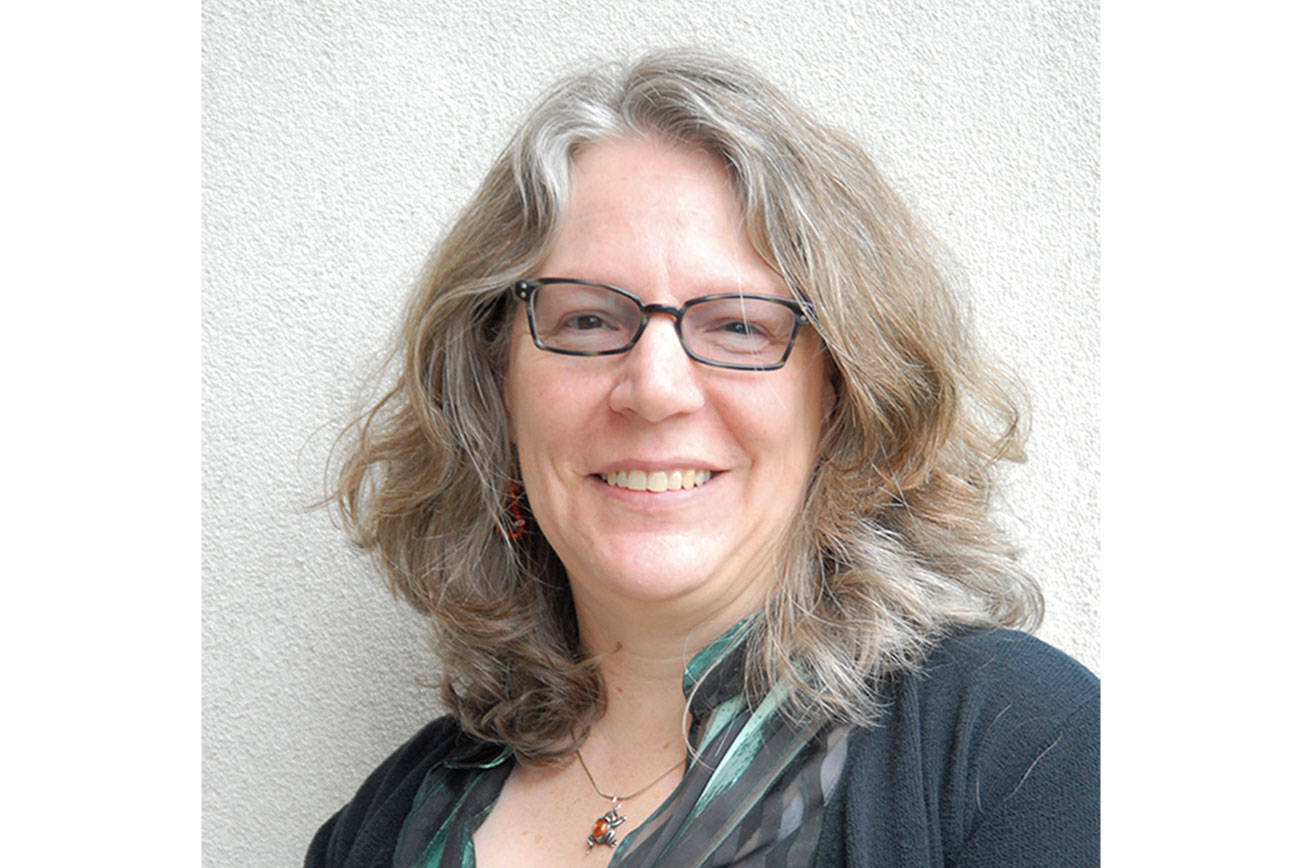There’s a give-and-take that comes along, part and parcel, with living in the Snoqualmie Valley. It’s part of life in many other small cities, of course, but it seems to take on greater importance here, where we are surrounded by mountains and forests and dozens of tourist-drawing recreation opportunities.
To boil it down to one question is definitely over-simplifying, but that’s what I’m going to do, just to start this conversation. The question is: How much big business are we willing to tolerate here in our small-town refuge?
I’m going to reject the first answer — zero — because it’s unrealistic; not even those mythical “Microsoft millionaires” could afford to live here without some larger businesses helping to foot our infrastructure bills.
No, I’m not advocating for big-box anything. Yes, I fervently hope that the businesses that do come to the Valley, whatever they make or sell, are compatible with our lifestyle here. And yes, I worry that they won’t be.
So why is zero the wrong answer? Because businesses pay at least half the taxes that fund state and local government. Of the state’s $20 billion in 2016 tax revenues, $15.8 billion came from business taxes, according to the Department of Revenue. Sales and retail tax alone accounted for $8.9 billion in a year.
To make these numbers more relevant on the local level, a couple of weeks ago, we printed a letter to the editor urging a no vote on the upcoming Snoqualmie Valley School District levies. The writer compared the the district’s 2017 tax rate, $4.91 per $1,000 of assessed value, with that of the Bellevue School District, $2.93, and said the district needed to lower its rate to below $4 first.
The Bellevue School District, though, has many big businesses — multiple retail malls and car dealerships among them — in its tax base, driving up both sales tax revenues and property values in the district. The tax base is the value of all the properties in the district, and that determines the tax rate. With a higher-valued tax base than the Snoqualmie Valley’s, the Bellevue district automatically gets a lower tax rate.
If we wanted to fairly compare the districts’ tax rates, we’d need to add a proportional amount of Bellevue’s big businesses to the Valley, which I sincerely doubt anyone wants to do, or subtract a proportional amount of businesses from Bellevue.
The first option, adding the businesses, would lower our taxes, but at what cost to the Valley’s quality of life? Traffic would crawl, the demands on our sewer and water infrastructure would increase by hundreds of percents, and our beloved open spaces would vanish. The second option would make Bellevue’s taxes soar, and force us to drive even further for some types of shopping.
We give up some conveniences to live in this beautiful place. We take on our share of the tax burden, to educate our children, maintain our streets and sewers and fund police and fire services, for the same reason. It’s a process of give and take, and choosing what’s important to you.



